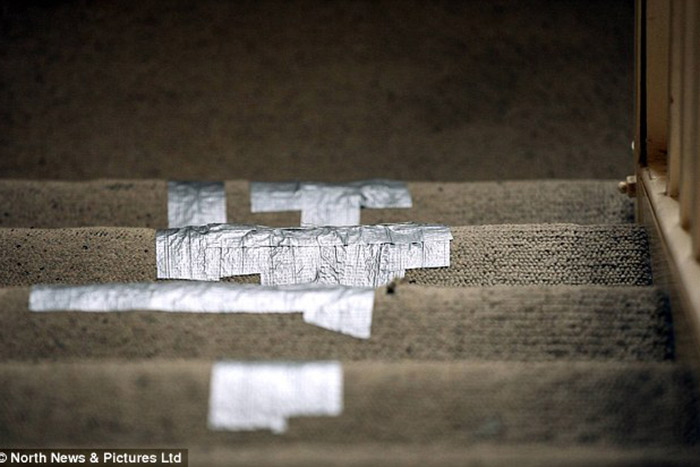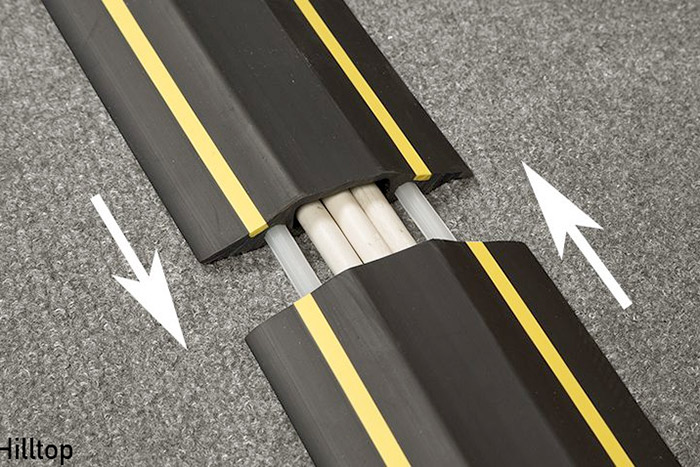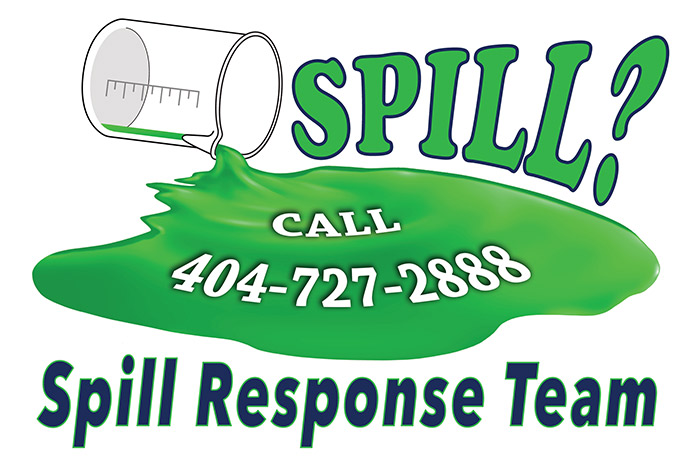According to the Bureau of Labor Statistics, slips, trips and falls were the second leading cause of worker fatality in 2015.1 Additionally, slips, trips and falls account for more than one quarter of all nonfatal occupational injuries, leading to a median number of 12 lost work days.2 This article explores common causes of slips, trips and falls, and provides you with the appropriate actions to correct these underlying causes.
Spills
- Clean up any non-hazardous spills such as water, coffee, and other beverages.
- Report any hazardous or unknown spills to the Spill Response Team immediately at 404.727.2888.
- Once a spill has been cleaned, ensure the area is marked off appropriately until it is fully dried.
- Areas can be marked off with a wet floor sign or caution tape.
- Be sure there is alternative route information if a wet area disrupts normal foot traffic.
- Takes steps to prevent unintentional spills!
- For example, if you notice that you or a colleague accidentally wet a section of floor by carrying a wet umbrella into the building, consider alternative practices such as placing your umbrella in a plastic bag.
Flooring
- Do not store items in walkways.
- If there are necessary permanent obstructions, ensure they are appropriately marked to increase awareness.
- Submit a work order to have cracks, torn carpet, holes, or uneven surfaces repaired in your work area.
- Submit a work order to remove cables from your walkways.
- If cables cannot be removed, they should have a cable curb installed to reduce the hazard for tripping.
- Duct tape or electrical tape should never be used in place of a cable curb, as they are not effective, and may result in further slips, trips and falls!
Footwear
- Consider the hazards present in your workspace and choose the appropriate footwear.
- Is your workspace carpeted, tiled, or floored in another manner?
- Do you work primarily in one space or does your job require you to be mobile?
- How do you arrive to work? By car? Bus? Walking?
- Periodically assess your footwear for damage.
- Has the sole of your favorite sneakers or dress shoes worn out?
- Do your shoes fit correctly?
Lighting
- Adequate lighting is needed to see obstructions and hazards.
- Submit a work order for any lights that need to be replaced or repaired.
- If low light is required within a space, such as a dark room, ensure walkways remain clear and free of any trip or slip hazards.
Falls
- Do not stand on chairs or tables, especially those with wheels.
- If available, use a step stool or ladder that has been inspected and deemed safe when necessary.
- If using a ladder behind a door, ensure the door is locked or otherwise controlled to ensure the door is not opened unexpectedly.
Materials Handling
- Avoid carrying objects that obstruct the field of vision, such as a stack of boxes, or papers. Instead, use a cart or other materials handling device.
- When carrying heavy objects, use the elevator and avoid the stairs.



